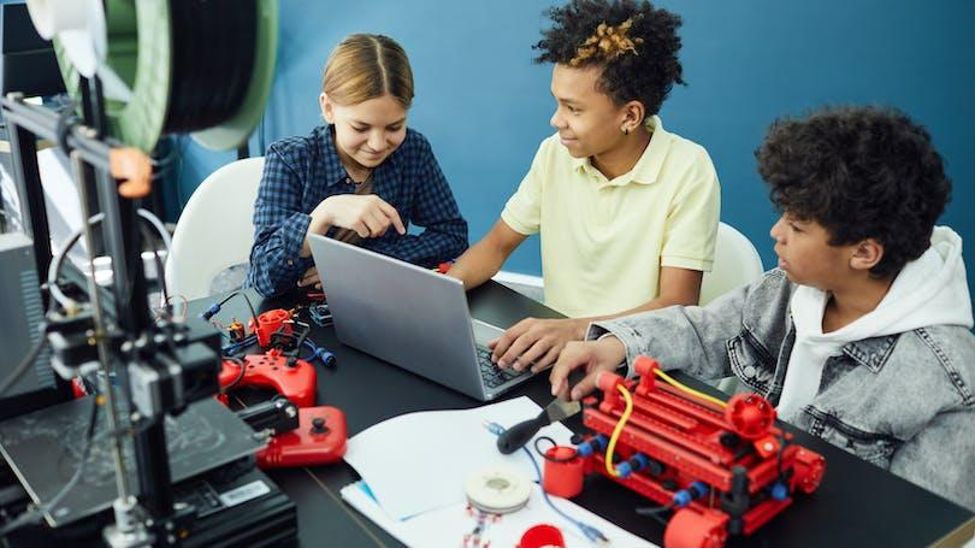However, it is clear that this is a case for the near future, and what we are here to talk about today is the innovation of 3D printing in the education sector.
In education, soft skills are important for a person’s personal development for the prospects of their future career. They tend to go across the board and are developed in most subjects taught in schools. With 3D-printing, soft skills have increased the development of student’s soft skills by working in groups during 3D-printing projects.
As you tend to design things on a computer first before you decide to print, 3D printing requires many soft skills such as teamwork and good communication. In other design classes, design projects are usually limited to a solo or a partner-up basis which doesn’t give students as much of a chance to work with their peers and develop their soft skills. 3D-printing, however, is a longer, and more drawn-out process that usually requires group work, which means students are picking up and learning interpersonal and soft skills from each other to a greater degree.
While many countries offer some form of education in the world of business, 3D printing has gone more in-depth to create a new generation of business-savvy students. The process of creating a 3D-printing product from start to finish will usually start with product development via the design, drawing, and details of the product. Then, those involved will do market research on whether there is a market for their 3D design and see if people like it. Once given the green light, they will look into the ways they can market the design i.e. through social media, 3D third-party seller sites, etc.
For students, offering classes on 3D printing has created business-savvy mindsets because they have been able to train in a new invaluable design skill and create a business model and product from start to finish.
Now, many higher education establishments across the USA offer 3D printing workshops and training classes. Educators are recognizing that 3D printing is a valuable design and well-respected technical skill.
As it is now considered to be respected by the education systems, students are being offered 3D-printing workshops and information on potential careers in the manufacturing and technology sectors. If you’re thinking about what this means for career counselors, well, it seems they are being encouraged to consider innovation in the modern day!
We have briefly spoken about the uses of 3D printing in education, but we haven’t how it has transformed the curriculums for art and design classes. Firstly, the curriculums are more freeing and creative because of the many uses in art that 3D printing can have. Students are therefore encouraged to hone in on their artistic expression and independence when working with 3D prints.
From a business perspective, art and design classes can teach students to monetize their products. Working on a step-by-step method, students learn the entire process from the design to the print. In this realm, curriculums can be changed to include new classes on specific types of 3D art such as sculptures, models, or even cartoons!
With sustainability now being heavily promoted in the education sector, it is no surprise this has translated into art and design classes. 3D printing, considering it is digital could be considered to be much more environmentally-friendly than a physical design project that uses up heavy materials.
Already, 3D printing lowers waste, reduces the need to use energy, and improves material quality, which means products are less likely to weather due to their manufacturing methods. Furthermore, in art and design class, students can have the opportunity to design things under the supervision of educators who can let them pick between materials to make their items. This, in turn, gets students thinking about how sustainable the materials they are using are and helps them to consider if there are any better options available.
Although 3D printing is not a widely taught design skill across American schools, the 3D printing education market is expected to be worth $949.30 million by 2033, so it is evident that 3D printing education is likely to expand to high schools, more universities, and science and medicine institutions where its uses are considered to be very important.


Recent Comments